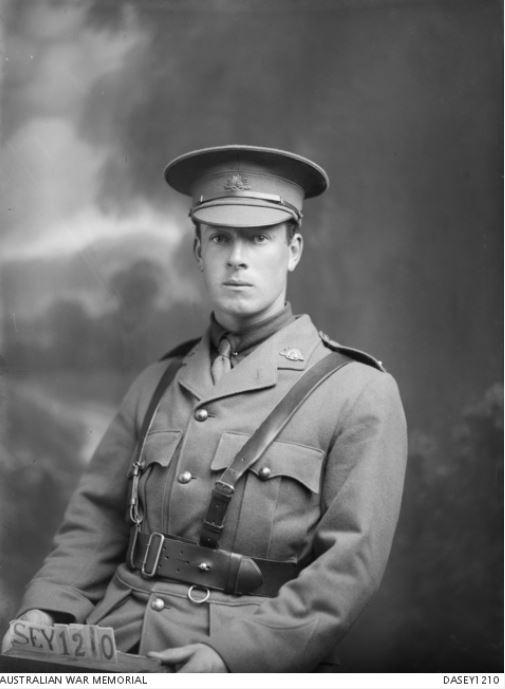'Many good men have I met - but he was the king of them all'

Harold Boyd Wanliss was well known for his intelligence and courage.
His men described him as “the best soldier and truest gentlemen in our Brigade”, Albert Jacka VC called him “a hero and a man”, and Australia’s official war historian, Charles Bean, went so far as to write that he was “possibly destined, if he lived, to lead Australia”.
But Captain Harold Boyd Wanliss never got the chance to go into politics or become prime minister. The young infantry officer was killed 100 years ago as he led his men into the battle of Polygon Wood in Belgium on 26 September 1917. He was just 25 years old.
An orchardist from Victoria, Harold Wanliss was born in Ballarat on the 11th of December 1891. The only son of solicitor John Newton Wanliss and his wife Margaret, Wanliss was dux of both Ballarat College and Hawkesbury Agricultural College, and had travelled in Europe with his father before the war.
By the time war broke out, Wanliss had broken his leg in a riding accident and couldn’t enlist. But he studied the history and theory of war while he was recovering, and enlisted in the Australian Imperial Force on 28 April 1915.
As a young lieutenant, Wanliss was selected to lead the 14th Battalion’s first raid against German trenches near Armentières in France. The raid took place on the night of 2–3 July, and started badly: an earlier allied mortar attack had failed to cut the German barbed wire, and the Germans responded with machine-gun and artillery fire. Showing exceptional courage and leadership, Wanliss led his men through the uncut wire and cleared a section of German trench. Despite being wounded three times, he directed the assault and organised the withdrawal of his men under heavy fire, before finally collapsing from loss of blood. For his actions, Wanliss was one of the first subaltern to be awarded the Distinguished Service Order.
When John Wanliss travelled to England to visit his recovering son, he found him full of ideas about the future. Harold had been studying new industries that he believed would benefit post-war Australia and allow employment for disabled ex-servicemen.
Harold Wanliss recovered and returned to his battalion, and was recognised on multiple occasions for his distinguished and gallant services and devotion to duty. But he would never see his plans for the future come to fruition. He was killed at Polygon Wood just as he reached his battalion’s objective. Shot through the heart, throat, and side by machine-gun fire, he died instantly and was buried in a shell hole near where he fell.
Harold Wanliss’s service revolver and holster were recovered before he was buried and given to his father, who was still in England. These items are now on display in the First World War galleries at the Australian War Memorial.
John Wanliss never got over his son’s death. Despite spending years trying to find where Harold was buried, his grave was never found, and today his name appears on the Menin Gate Memorial to the Missing in Ypres. John Wanliss would go on to write the history of his son’s battalion, a loving tribute from a grieving father.
Harold Wanliss had been greatly admired in the battalion and was described by one of his men as “the finest Officer – ever I met”. After his death, his battalion commander wrote simply: "Many brave men – many good men have I met ... but he was the king of them all."

Harold Boyd Wanliss's revolver and holster is on display in the First World War galleries.